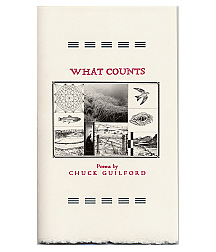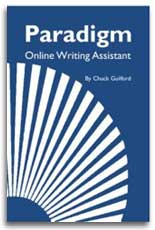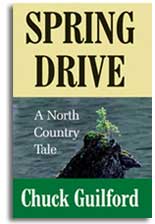In Search of Form
Everything has a form. In writing, the goal is to find a form that suits your material and purpose. You may sense a clear pattern emerging early in your writing process, or you may try out a few promising designs.
Read more ...Basic Punctuation
Punctuation need not be mysterious or problematic. The number of punctuation marks is small, and once mastered, they become tools that help shape your meaning and vary the rhythms and patterns of your sentences.
Commas, periods, and apostrophes are three basic marks you can't get along without. Quotation marks, also, are often necessary. First master those four, then move on to the others.
Read more ...Creating Emphasis
If writing is like making a movie, emphasis could be compared to a photographer's zoom lens, moving in for a close-up one moment and back for a wide-angle shot the next. Emphasis allows you to create similar special effects by magnifying, reducing, or even eliminating certain details. By controlling emphasis, you can focus your readers' attention on what is most important.
Read more ...Writing a Story
Informal essays are often written as stories that trace a sequence of events from beginning to end, with occasional intervals of description or analysis.
Read more ...Immersion and Interaction
At the start, you need to get authentically and personally involved with your subject. You need to get inside the subject and get the subject inside of you. Let go of preconceived notions about proper or expected ways to respond. Instead, connect the subject with your own world of experience and understanding. Identify issues you care about.
Read more ...Occasions for Argumentative Essays
Argumentation is everywhere—in congress and courtrooms, in corporate board rooms, at garden club meetings, and in millions of essays, reports, theses, and dissertations written at colleges and universities throughout the world.
Read more ...Summary
The thesis/support pattern refines and systematizes natural thought patterns. Besides offering an organizational framework for your writing, the thesis/support pattern can also serve as an aid to invention. It can help you probe your subject and uncover your thoughts about it. It can also help you see the reasons, experiences, observations, and judgments that underlie those thoughts.
Read more ...



